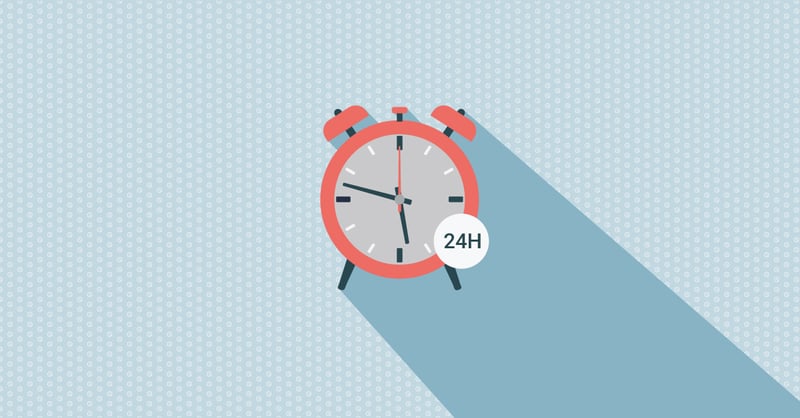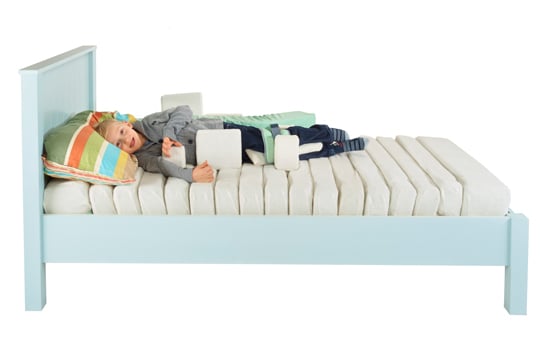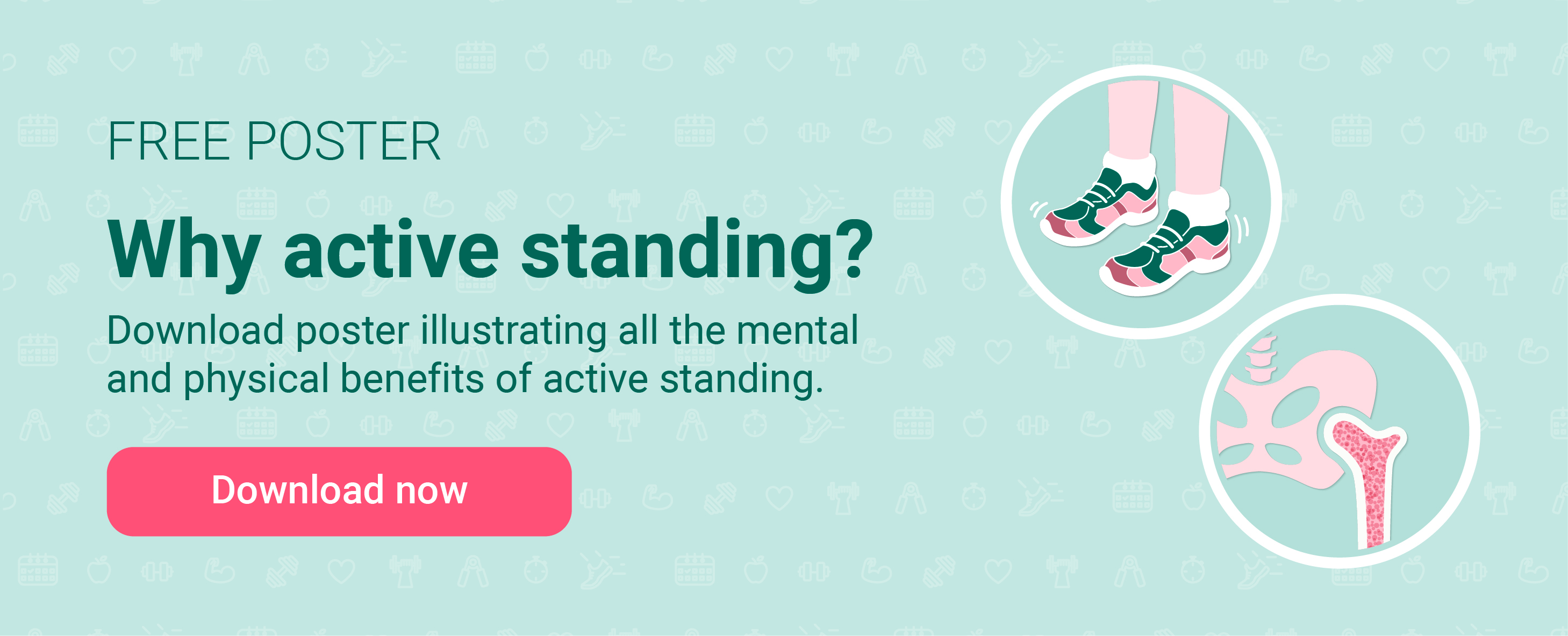Why 24-hour posture care management is key


Healthy individuals are able to adopt the three core postures, lying, sitting and standing. They are also able to freely move in and out of them. For someone with movement difficulties, poor postural care can have severe and life-threatening consequences. In this article we are highlighting why 24-hour posture care management is key.
- What is posture?
- Disability, posture and movement.
- What is posture management?
- 24-hour posture care for people with disabilities.
- Types of positioning equipment.
- When to start with posture care management?
What is posture?
Posture is the position we hold our bodies while lying, sitting and standing. We continuously change and adapt the position of the body in accordance to activities we perform and to the surroundings. Posture is depending on a flexible body and right muscle tension to keep the body up against gravity. Without muscles we would fall to the ground.
Disability, posture and movement
Healthy individuals are able to change and adapt a position to the tasks performed and can move freely and without support. Whereas people with disabilities may, in varying degrees, experience that posture is disturbed by increased or decreased muscle tone, limited range of motion in joints, reduced muscle strength, and motor function limitation. These constraints influence the ability to position the body independently. It becomes difficult to move freely in lying, sitting and standing and to change position whenever wanted. The need of external support to manage a position is crucial and can be accomplished by the use of assistive devices.

People with disabilities, who have difficulties managing lying, sitting and standing, are at risk of developing asymmetrical deformities, contractures and challenges related to breathing, swallowing and cardiac function. Gravity is influencing the body 24/7 in all positions and this indicates that posture care management is indeed needed 24-hour a day.
What is posture management?
Posture management is achieved through the use of assistive devices supporting the individual in different positions like lying, sitting, standing and walking. The devices are individually adapted to fit the person's needs, with the intention to:
- Enable and improve functional ability
- Facilitate development of motor function and control abnormal movement patterns
- Encourage activity and participation
- Maintain and prevent secondary complications (hip dislocation, deformities, contractures etc.)
- Manage pressure points
- Promote comfort and relaxation
- Enhance breathing, swallowing, digestion and cardiac function
24-hour posture care for people with disabilities
People with disabilities are depending on several postural management systems throughout the day and night to promote variation in all positions. That’s why it’s often featured as “24-hour posture care management”.
24-hour posture care is an interdisciplinary approach between professionals, the individual and caregivers. To succeed with posture care management, you as caregiver are very important in implementing it into the daily life of the individual. The goal of using equipment for positioning is also to reduce the caregiver’s burden.
Professionals will assess and observe the individual in lying, sitting and standing to understand movement pattern, limitations and how gravity impacts the body. Together with you as a caregiver, they will look into how a typical day looks like for the whole family when it comes to hours of sleep. They also assess the individual’s time spent in sitting, lying, standing and walking during the day. The aim is to find equipment supporting the individual day and night to enable:
- Symmetry and alignment
- Comfort and relaxation
- Stability, but not fixating
- Variability
- Activity and participation
Symmetry and alignment
People with disabilities often have problems with postural symmetry due to reduced muscle strength and disturbed muscle tone. If you observe the person sitting with limited support, you will see that he/she will try to hold the head upright and keep the body in balance, but at some point the person loses the battle against gravity and will slowly collapse into an asymmetric sitting position. The person might “fall” towards one side, bending the trunk to one side and have a stretch on the other side. Individuals with motor impairment, don’t have enough strength to counteract and move the body back into symmetry. Over time this asymmetric position will negatively impact the individual’s body and cause skeletal distortion, like scoliosis. Asymmetric positions also limits the individual’s independence and ability to be active and participate in daily life. Supporting systems are used to counteract asymmetry and gain alignment to avoid negative outcomes on body function and structure, but also to increase the individual’s ability to live an active life.
Comfort and relaxation
People with motor impairment should feel comfortable in all positions (lying, sitting and standing). If a position is causing for example pain, spasticity might be triggered and increase inappropriately position. In situations where the individual is showing discomfort, it is important to act and find out “why”! Is it because the individual needs to change into a new position? Or is it related to pressure points? Or has the individual grown out of the product and is not supported well enough anymore?
Comfort breeds relaxation, and in lying it is essential that this is achieved. Especially during night time where the individual needs to sleep.
Stability, but not fixation
Position equipment should stabilize, but not fixate the individual. As an example a special seating system should stabilize the proximal trunk and facilitate mobility of the arms and hands to encourage the individual to engage in activities, eat, handle remote controls etc. The goal is to support the individual just enough to improve selective movements of limbs.
Variability
We change our position all the time, even at night when we are at sleep. We have to keep that in mind when we are discussing 24-hour positioning for people with disabilities, especially for those with severe limitations. They may not at all be able to change positions themself and are completely depending on you as a caregiver changing positions for them. Frequent change of positions will avoid pressure areas, prevent stiffness and contractures, as well as letting the individual experience movement in different positions.
Activity and participation
It is natural for people to be active and participate in activity with family or friends. Through good and appropriate positioning we can enable individuals even with moderate to severe disabilities to be active and participate in daily activities. It’s important to be aware that sedentary behaviour among people with moderate to severe disabilities is already increasing at the age of 3-4 years (Keawutan et al. 2017). Awareness of positioning from early age may promote activity and decrease sedentary time which also have great impact on general health.
Read more: All for Ella - and an independent life despite of her CP
Types of positioning equipment
To correct, maintain or compensate for a destructive body posture, the individual will need equipment to facilitate positioning. Here are some examples:
In lying
- Different types of pillows with diverse shapes
- Special beds
In sitting
- Spesial chair
- Manual wheelchair
- Electrical wheelchair
- Car seat
- Toilet seat/chair
- Bathing chair
In standing
- Static standing device
- Dynamic standing device
- Walking device
Also read: 12 frequently asked questions about the dynamic stander Innowalk
/Ada_IW_Feature-Image.jpg?width=700&name=Ada_IW_Feature-Image.jpg)
Read more: Made for Movement – Our home use solutions
When to start with posture care management?
When to start with posture care management is depending on the individual’s level of disability, but in general we should start early. Positioning in lying should start as soon as we observe asymmetry. When it comes to positioning a child in sitting and standing, we often refer to when typical developing children naturally move into a position. So for sitting it will be around 9 months of age and standing between 9-12 months of age.
Also read: Why Is Early Childhood Intervention so Important?
In general we should be aware of that movement pattern is established very early, also the inappropriate patterns! To avoid development of asymmetrical patterns we should start with 24-hour postural care management as soon as we suspect that a child have a developmental disorder, or when someone starts having movement difficulties. Postural management care is a lifelong approach and should be adapted continuously when the individual person grows up and into adult life.

Rikke Damkjær Moen brings many years of experience as clinical physiotherapist to the Made for Movement team. Her mission is to ensure that everybody, regardless of mobility problems, should be able to experience the joy and health benefits of physical activity. As our Medical Manager, Rikke is passionate about sharing knowledge so that individuals with special needs, families, and clinicians can discover the possibilities and solutions provided by Made for Movement.
A severe accident during a hockey game resulted in 35-year-old Tobias breaking his neck and becoming paralysed from the armpits down....
In this blog, we delve into universal design to help you understand and recognise how its principles, when implemented, can foster...
A disability entails the loss of, damage to, or deviation from bodily or psychological functions, in the form of mental, physical,...
Hear from us from time to time and learn new things
